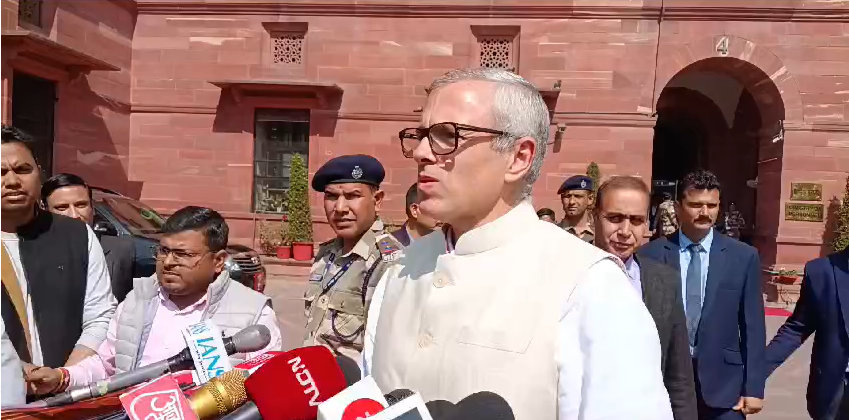Jammu and Kashmir Police have registered a case regarding an edited video showing people raising objectionable slogans during a procession in Kalakote Rajouri.
“A video has been circulated on social media in which some objectionable slogans are heard during a procession in Kalakote area of Rajouri,” reads a statement issued to a Jammu and Kashmir based news agency.
“During initial analysis, it has been found that the video is edited / unoriginal in nature with audio of slogan has been added to create unrest.”
“Police have viewed it seriously and a Case in FIR No.21/2024 has been registered at Police Station Kalakote under relevant sections of law,” the statement reads.
“People are requested not to fall prey to rumours and to avoid sharing videos’ which shall attract strict legal action,” the statement further reads.
Video manipulation is a type of media manipulation that targets digital video using video processing and video editing techniques. The applications of these methods range from educational videos to videos aimed at (mass) manipulation and propaganda, a straightforward extension of the long-standing possibilities of photo manipulation. This form of computer-generated misinformation has contributed to fake news, and there have been instances when this technology was used during political campaigns. Other uses are less sinister; entertainment purposes and harmless pranks provide users with movie-quality artistic possibilities.
History
The concept of manipulating video can be traced back as far as the 1950s when the 2-inch Quadruplex tape used in videotape recorders would be manually cut and spliced. After being coated with ferrofluid, the two ends of tape that were to be joined were painted with a mixture of iron filings and carbon tetrachloride, a toxic and carcinogenic compound to make the tracks in the tape visible when viewed through a microscope so that they could be aligned in a splicer designed for this task.
As the video cassette recorder developed in the 1960s, 1970s, 1980s, and 1990s, the ability to record over an existing magnetic tape became possible. This led to the concept of overlaying specific parts of film to give the illusion of one consistently recorded video, which is the first identifiable instance of video manipulation.
In 1985, Quantel released The Harry, the first all-digital video editing and effects compositing system. It recorded and applied effects to a maximum of 80 seconds of 8-bit uncompressed digital video. A few years later, in 1991, Adobe released its first version of Premiere for the Mac, a program that has since become an industry standard for editing and is now commonly used for video manipulation. In 1999, Apple released Final Cut Pro, which competed with Adobe Premiere and was used in the production of major films such as The Rules of Attraction and No Country for Old Men.
Also Read: Congress pampered A-370 like child in lap for decades: Shah









